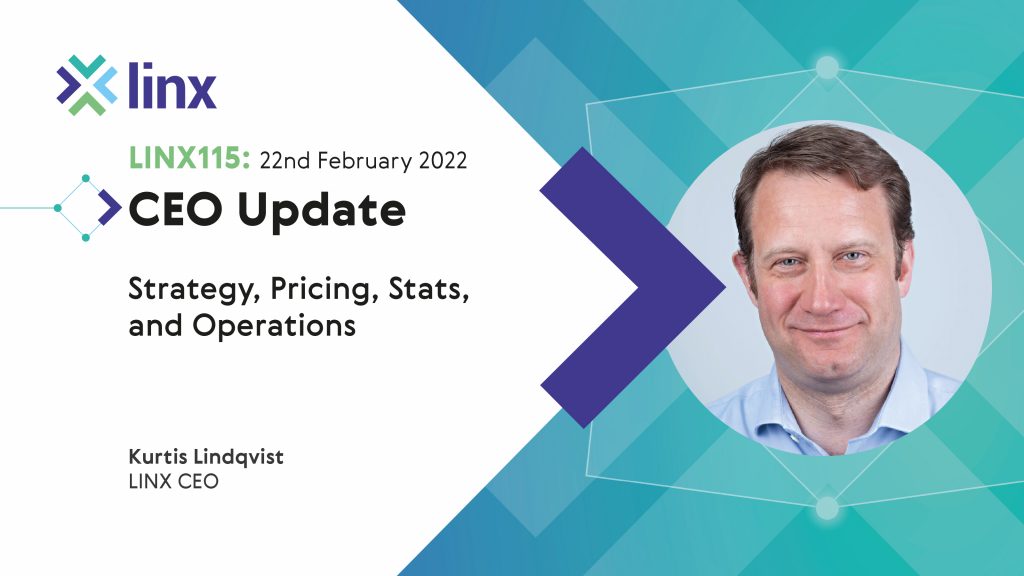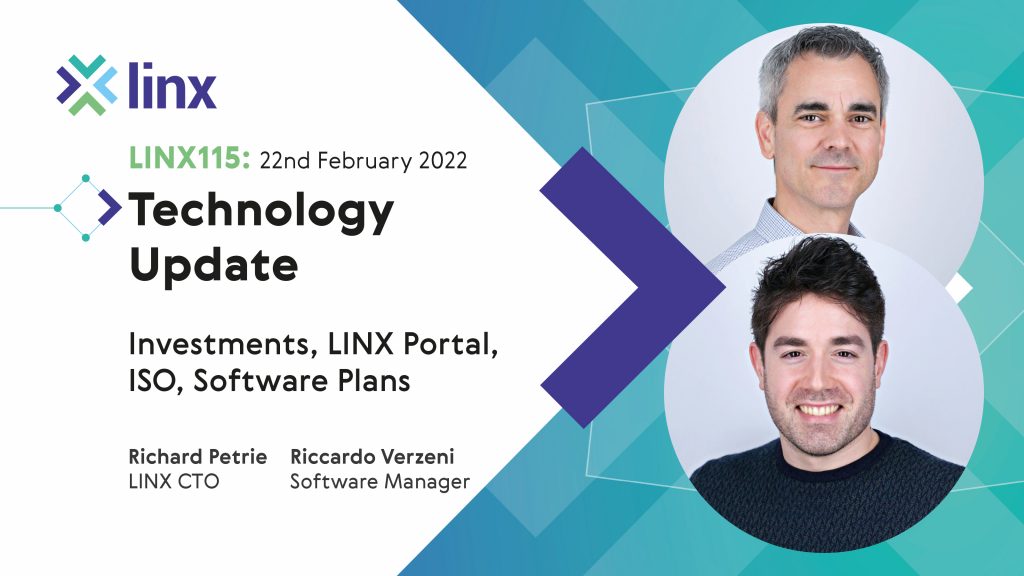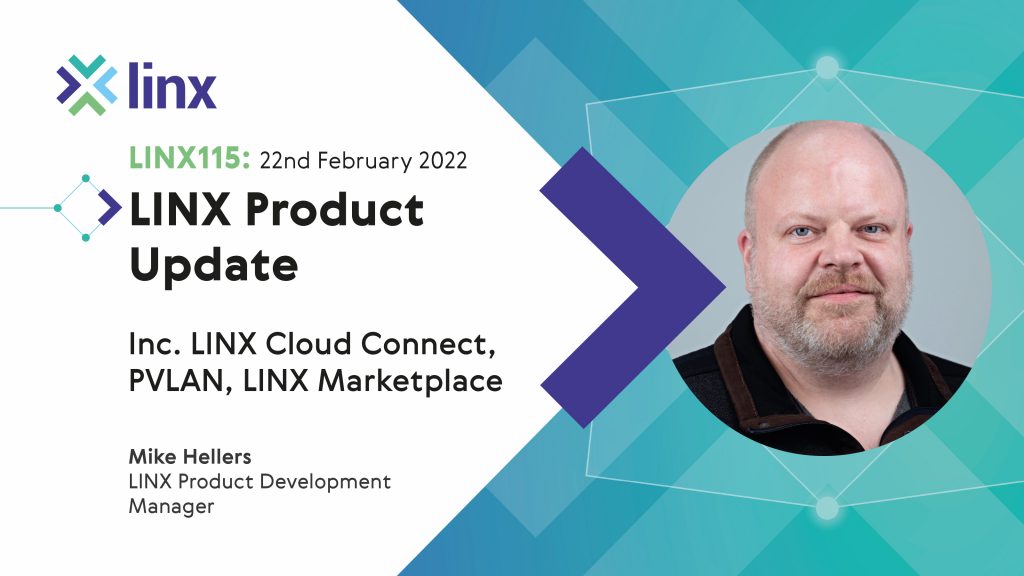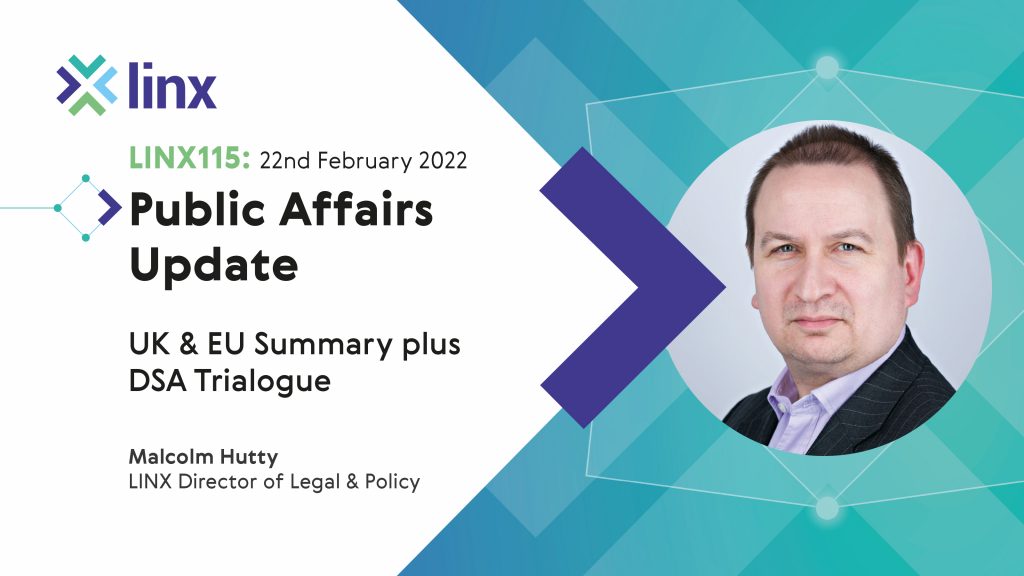Internet Exchange Strategy, Infrastructure, Products, and Regulation
As of the 9th March 2022 there were 737 different Internet exchange points listed globally on the IXP database but how much do you know about them? Episode two of series three of the LINX podcast, LINXcast, will go some way to explain how a multi-site exchange like LINX operates, and runs its network.
Using material recorded at the LINX115 member meeting as a guide, we’ll take those new to the world of peering and interconnection on a tour of how LINX does business.
To begin with LINX CEO, Kurtis Lindqvist, talks about the overall LINX strategy which has four main areas of focus. These are economies of scale, its regional Internet Exchange strategy, LINX’s broader interconnection offerings, plus long tail and future growth opportunities. How do these combine and relate to company objectives? How does competition and the wider interconnection market as a whole fit in?
Obviously for a tech business investment is critical to stay relevant. LINX Chief Technical Officer, Richard Petrie, covers network developments such as 400GE, IT computer services, observability, tooling, equipment delivery timescales, and the LINX member portal. Automation and APIs are becoming increasingly important and Richard, along with Riccardo Verzeni, LINX Software Manager, will discuss those too.
Peering has traditionally been the primary focus for an Internet exchange point but today it is more about being an interconnection hub. An Internet exchange needs to be able to provide a range of different products and services, whatever a network’s requirements may be. In the past couple years LINX have introduced Private VLAN, closed user group, and cloud services to its expanding portfolio.
At the beginning of the year, LINX introduced a new pricing structure. This greatly simplifies the capacity upgrade process and offers greater flexibility in adding different services on to member ports. LINX Product Manager, Mike Hellers, explains how additional LINX services are integral to the LINX pricing model.
In the final section, we’re going to look at the important issue of Internet regulation. LINX is proud to have been able to offer public affairs support to its members for many years, and indeed it is a core LINX function. LINX Director of Legal and Policy, Malcolm Hutty, provides an overview of the key policy developments that could potentially impact LINX members at every member meeting.
We would very much recommend you visit the LINX YouTube channel to watch extended playbacks of all the presentations featured in this podcast. These were originally part of the LINX115 member meeting which was held in February.
For more LINX news read our online newsletter: www.linx.net/linx-newsletter
If you have any ideas for a future podcast or would like to join us to discuss a topic, why not reach out to us!



